
TOC (PDF) - The British Journal of Psychiatry
FEBRUARY 2015 VOL 206 NO 2 Contents A5 A7 Editorial Board Highlights of this issue Editorials 89 91 Danger ahead: challenges in undergraduate psychiatry teaching and implications for community psychiatry R. Abed and A. Teodorczuk A gilded cage is still a cage: Cheshire West widens ‘deprivation of liberty’ C. Penny and T. Exworthy 145 Clinical usefulness of dopamine transporter SPECT imaging with 123I-FP-CIT in patients with possible dementia with Lewy bodies: randomised study Z. Walker, E. Moreno, A. Thomas, F. Inglis, N. Tabet, M. Rainer, G. Pizzolato and A. Padovani, on behalf of the DaTSCAN DLB Phase 4 Study Group 153 Prediction of general hospital admission in people with dementia: cohort study T. C. Russ, M. A. Parra, A. E. Lim, E. Law, P. J. Connelly and J. M. Starr 159 Wes Anderson’s The Grand Budapest Hotel – psychiatry in the movies Roxanne Keynejad Review article 93 Pharmacotherapy for post-traumatic stress disorder: systematic review and meta-analysis M. Hoskins, J. Pearce, A. Bethell, L. Dankova, C. Barbui, W. A. Tol, M. van Ommeren, J. de Jong, S. Seedat, H. Chen and J. I. Bisson Papers 101 Proportion of patients without mental disorders being treated in mental health services worldwide R. Bruffaerts, J. Posada-Villa, A. O. Al-Hamzawi, O. Gureje, Y. Huang, C. Hu, E. J. Bromet, M. C. Viana, H. R. Hinkov, E. G. Karam, G. Borges, S. E. Florescu, D. R. Williams, K. Demyttenaere, V. Kovess-Masfety, H. Matschinger, D. Levinson, G. de Girolamo, Y. Ono, R. de Graaf, M. Oakley Browne, B. Bunting, M. Xavier, J. M. Haro and R. C. Kessler 110 Postpartum change in common mental disorders among rural Vietnamese women: incidence, recovery and risk and protective factors T. T. Nguyen, T. D. Tran, T. Tran, B. La, H. Nguyen and J. Fisher 115 Community psychiatry – in 100 words Tom K. J. Craig 116 Youth mental health after civil war: the importance of daily stressors E. A. Newnham, R. M. Pearson, A. Stein and T. S. Betancourt 121 Just a room – extra Clare Wadlow 122 Participant views on involvement in a trial of social recovery cognitive–behavioural therapy C. Notley, R. Christopher, J. Hodgekins, R. Byrne, P. French and D. Fowler 128 Mindfulness group therapy in primary care patients with depression, anxiety and stress and adjustment disorders: randomised controlled trial J. Sundquist, A˚. Lilja, K. Palme´r, A. A. Memon, X. Wang, L. M. Johansson and K. Sundquist 136 Brain functional changes across the different phases of bipolar disorder E. Pomarol-Clotet, S. Alonso-Lana, N. Moro, S. Sarro´, M. C. Bonnin, J. M. Goikolea, P. Ferna´ndez-Corcuera, B. L. Amann, A. Romaguera, E. Vieta, J. Blanch, P. J. McKenna and R. Salvador 144 On Memoirs of My Nervous Illness, by Daniel Paul Schreber – reflection Louis Sass A6 160 Frequency of delusional infestation by proxy and double delusional infestation in veterinary practice: observational study P. Lepping, M. Rishniw and R. W. Freudenmann Short report 164 Prevalence of serum N-methyl-D-aspartate receptor autoantibodies in refractory psychosis K. Beck, J. Lally, S. S. Shergill, M. A. P. Bloomfield, J. H. MacCabe, F. Gaughran and O. D. Howes Columns 166 169 170 171 172 173 175 Correspondence Corrections Book reviews Contents of Advances in Psychiatric Treatment Contents of the American Journal of Psychiatry Kaleidoscope From the Editor’s desk Cover picture Untitled (1949) by Raphael Domingues (1913–1979). The Museu de Imagens do Inconsciente was founded in 1952 by Dr Nise da Silveira (1905– 1999), a Brazilian psychiatrist and pioneer of occupational therapy in Brazil. The collection is a rich store of patient art and it has always attracted a high level of public interest. Raphael Domingues is among the foremost artists in the collection. He was born in Sa˜o Paulo state. His father was a sculptor who made cemetery monuments. He was a shy, sensitive and withdrawn boy. When his father left the family, Raphael had to seek work, but he also managed to study drawing and worked as a designer for private companies. He first experienced mental symptoms aged 15, and at 19 he was admitted to hospital, eventually to the Pedro II Psychiatric Centre. When he was noticed to be doodling on the walls, he was referred to the hospital’s art studio. He was a master of line, notably in drawing human faces. When he finished a work, he would start to cover it with criss-crossing lines, so that staff had to remove it before it was obliterated. He would then start on the next piece of paper. His technique was swift and free-flowing. He achieved critical recognition and had several exhibitions, both in a group and solo, in Brazil and abroad. With thanks to Dr Cesar Giserman, Old Age Psychiatrist, Nucleus For Assistance to the Elderly (NAI), University of the Third Age (UnATI), and State University of Rio de Janeiro (UERJ), and Luiz Carlos Mello, Director of the Museum of Unconscious Images, Rio de Janeiro. Work submitted by Tom Dening, Professor of Dementia Research, Institute of Mental Health, University of Nottingham. We are always looking for interesting and visually appealing images for the cover of the Journal and would welcome suggestions or pictures, which should be sent to Dr Allan Beveridge, British Journal of Psychiatry, 21 Prescot Street, London E1 8BB, UK or [email protected].
© Copyright 2025
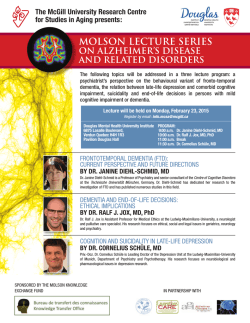
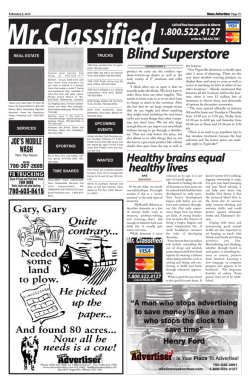
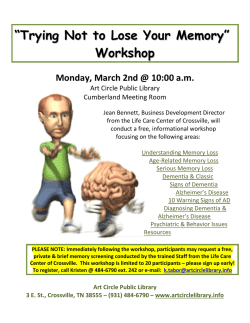
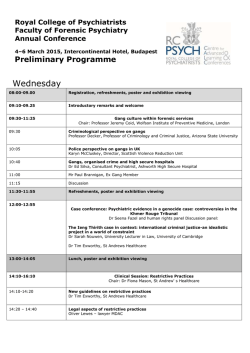

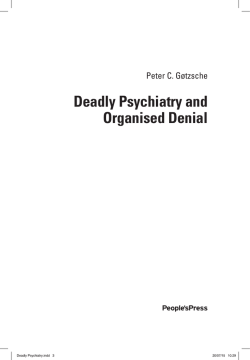
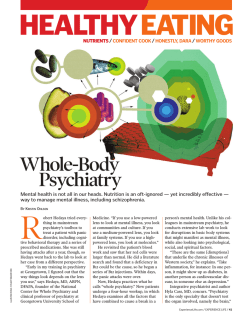
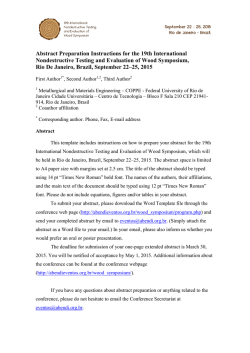

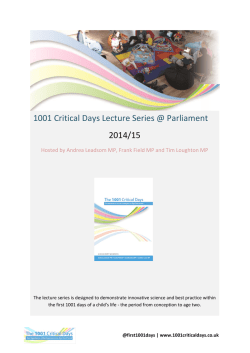
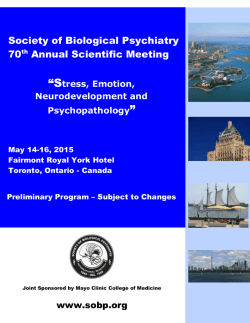
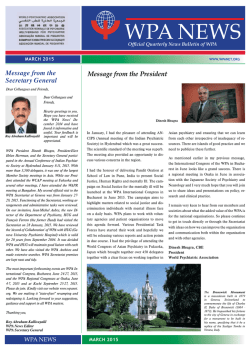
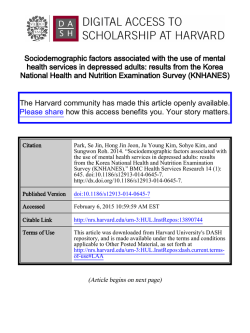
![Download [ PDF ] - journal of evidence based medicine and](http://s2.esdocs.com/store/data/000505409_1-2bc4ae284ea460180bc089744a6eaaca-250x500.png)